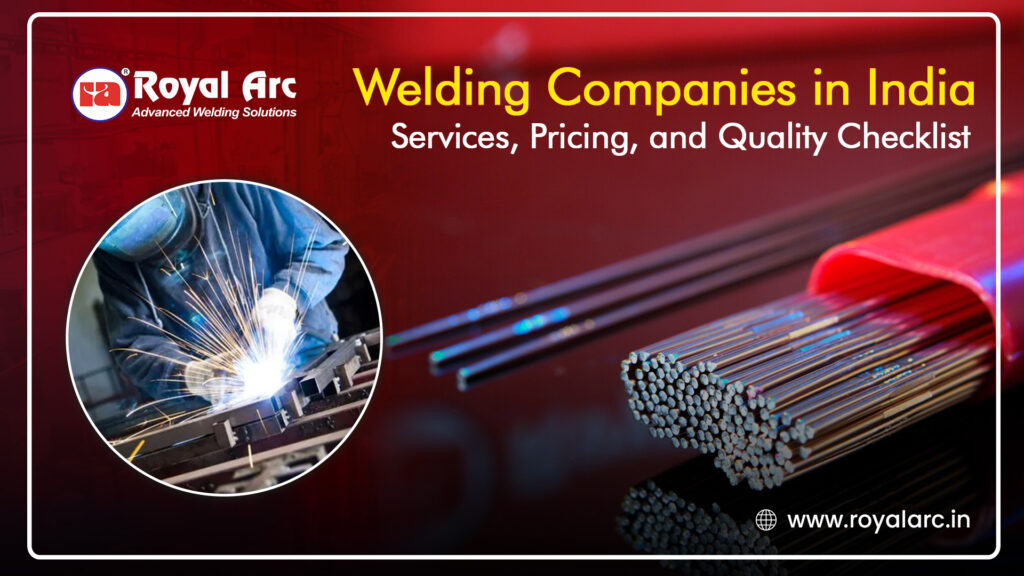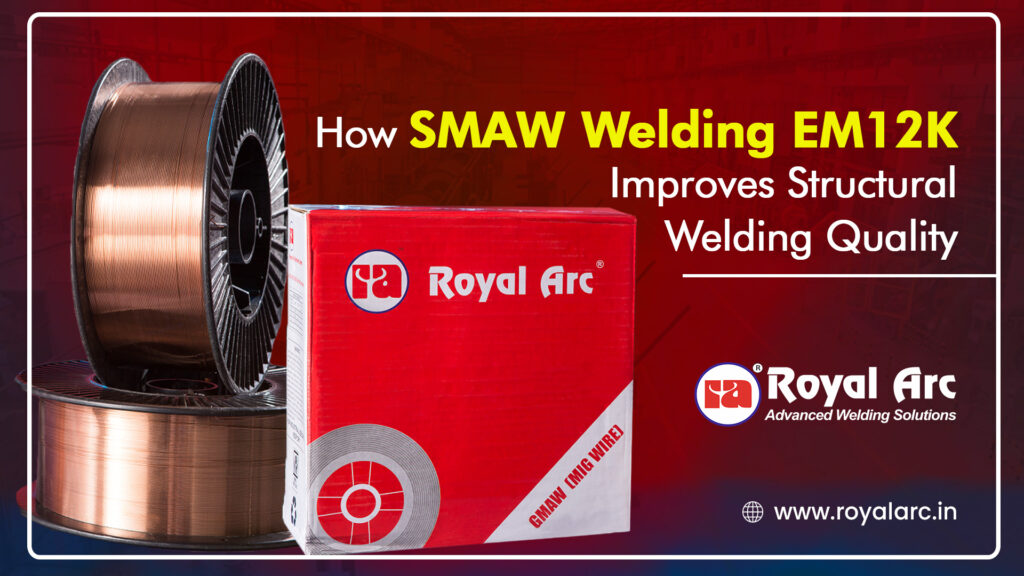Strip cladding is a fusion welding process that involves depositing a strip of weld metal on the inner surface. Pressure vessel manufacturers frequently use this technology when the client needs a corrosion-resistant inside surface. Metallic industrial goods make the best use of strip cladding.
Cladding is an essential technique in the manufacturing and fabrication sectors. Various applications such as petrochemical, oil and gas, pressure vessel, and boiler construction make use of it. Cladding is adding a new layer to an existing workpiece. It is widely used to repair components like ball valves, mill rolls, and shafts, or to increase the corrosion properties or wear resistance of the material.
Restoration of rusted or deteriorated machinery widely uses strip cladding. It is a highly effective method for producing corrosion-resistant surfaces. It is especially effective for preserving containers constructed of low alloy steels that corrode at high temperatures. Flange faces, valves, heat exchanger tube sheets, and other surfaces require cladding.
When and how do you use strip cladding?
The procedure is most applicable when the main structure is mild or low-alloy steel. Welders add a certain amount of alloy material in a specific portion with the workpiece material to suit the required qualities. Do not construct the entire structure from the more expensive, specifically alloyed material. Instead make it more economically efficient to apply the layer only where needed. In these cases, cladding provides a remedy.
All welding techniques can use Cladding. There are many different forms of cladding, and one of the most adaptable is Weld Cladding. However, specific welding processes are more suitable for Cladding than others because of physical limits. TIG Cladding, for example, lacks the deposition rate required for more extensive, thicker materials (approximately 5 pounds per hour). However, it is appropriate for narrow inside diameters or confined locations.
Strip Cladding techniques are best suited for applications requiring a high deposition rate. Especially on the part that can tolerate this more significant deposition rate.
Strip cladding welding process
During a standard wire welding procedure, the strip supply happens through a delivery system. Electro slag strip cladding(ESSC) is not an arc process, heating occurs in the conductive flux, and the consequent intense heat melts the base material and strips it into liquid slag. Later, you can transfer the molten metal, which deposits on the base material. The strip rides on top of the flux-created slag structure, shielding the weld.
Cladding Methods and Their Types
Extruding two metals through a die is the primary method for cladding. Cladding happens through explosion bonding, roll bonding, and arc welding.
• Roll Bonding: This procedure involves pressing two metals together as they pass past a roller. The pressure causes the metals to twist, reducing their overall thickness. The plate mill is usually in charge of this procedure.
• Explosion Bonding: In this approach, chemical explosive sheets come into usage to coat carbon steel with thin sheets of corrosive resistant metals such as stainless steel. This procedure results in a strong relationship.
• Arc welding: A welding instrument that operates with the help of electric current is used to produce an arc between the electrode and the base metal. This method results in the strongest possible bonds between layers.
Best techniques for achieving optimal results
To achieve the weld metal composition you desire, you need to use the perfect blend of strip electrode, flux, and the proper welding parameters.
It is vital to employ a specific electro slag strip cladding process(ESSC) flux that delivers electrical solid conductivity at high temperatures for Electroslag Strip Cladding. This usually happens with higher fluoride content in the change.
The flux determines the ideal voltage for the ESSC process and thus has a tighter voltage window than the SASC process. As a result, it’s vital to note that too much voltage causes spatter and unstable fusion. At the same time, too little voltage raises the possibility of short-circuiting due to the strip clinging to the base metal.
When using Electroslag Strip Cladding, it is critical to apply magnetic steering when the strip width exceeds 60 mm. The molten metal travels from the edge to the inside of the cladded plate because of the high current’s magnetic field. This phenomenon can be controlled by magnetic steering coupled to the welding head.
Choosing Electroslag Strip Cladding-specific equipment, accessories, and consumables can assist producers in achieving success with the ESSC process. Royal Arc manufactures strip cladding heads and offers fully automated systems. We are capable of producing high-yielding strip cladding, and it can be an option for you to boost your productivity.
Get in touch with us if you have an application that you believe could benefit from strip cladding and would like to research the possibilities.




